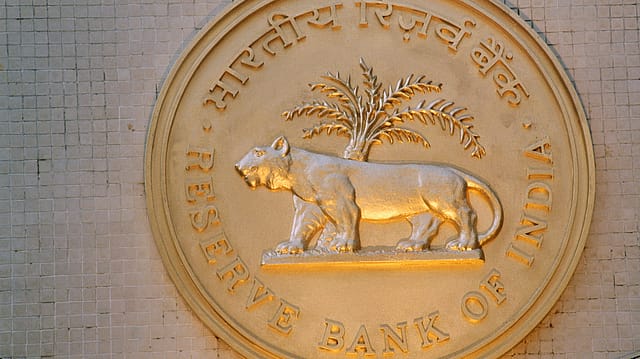Time for a fiscal boost?
ADVERTISEMENT

Wednesday’s 25 basis points (bps) rate cut by the Reserve Bank of India (RBI) was more or less expected, as the central bank continued to take a hawkish stance towards inflation, which is already at its lowest ebb in recent times.
But more than a rate cut, what the economy needs is a fresh dose of fiscal stimulus in terms of subsidies or other fiscal measures. This will go a long way in pushing the gross domestic product (GDP) growth rate to 9% or 10% from the current 7% levels.
The government is in a position to loosen its purse strings by pushing the fiscal deficit target from 3.2% of GDP to 3.5% for 2017-18 without violating the provisions of the Fiscal Responsibility and Budget Management Act, 2003. With the economy already showing some amount of tax buoyancy in the first two months of this fiscal—central tax revenues have grown by 36.2% and non-tax by 4.1%—compared to the same period last year, the time is ripe for the government to act, and it should.
Here’s why the government needs to act now.
RBI’s monetary policy is ineffective on structural issues
Monetary policy has its limitations. For instance, it has little or no impact on prices. Prices of fruit and vegetables are largely driven by monsoons and logistics; commodity prices often depend on the state of the Chinese economy. There’s little the RBI can do to manage the spiraling prices of onions and tomatoes; that’s up to the government.
December 2025
The annual Fortune 500 India list, the definitive compendium of corporate performance, is out. This year, the cumulative revenue of the Fortune 500 India companies has breached $2 trillion for the first time. Plus, find out which are the Best B-schools in India.
Declining manufacturing activity
This is by far the most worrisome. The Indian economy is facing a continuous decline in manufacturing activities, with the index of industrial production (IIP) plummeting to 0.4% in June 2017 compared to a robust 7% last June. With inflation down to 1.7%, economists worry that it could be the beginning of a deflationary economy. The latest IIP data also show that the worst performers were coal mining and cement production, both of which are vital inputs for industrial growth.
